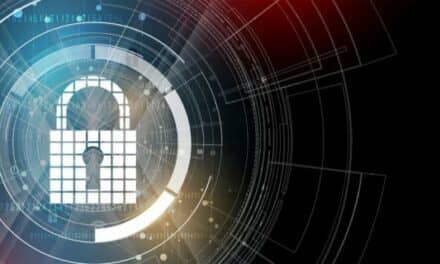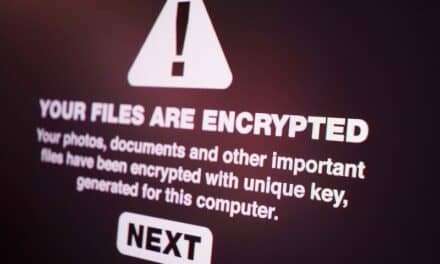By Keri Forsythe-Stephens
I know that I say this every holiday season, but I can’t believe another year has almost come and gone. But this year feels more monumental than in years past since it marks the end of a decade. A decade that introduced cryptocurrencies, “big data” analytics, and virtual reality to the mainstream, among other innovations.
From an HTM perspective, the 2010s have been a decade of vast change—and challenges. Due to the proliferation of the Internet of Things—a phenomenon 24×7 explores in greater detail here—the HTM sector has transformed tremendously in recent years. Devices are more connected than ever and, as a result, more vulnerable to cyberattacks—another issue that we investigate in this month’s issue. (Click here to read “Ahead of the Hack: Promoting the Security of Remote Medical Devices.”)
I’m currently collecting responses for 2019’s salary and job compensation survey and cybersecurity is one of the top concerns cited. I’ll save the bulk of the responses for January’s print issue—which will feature the results of the survey, along with exclusive salary charts—but one statement really spoke out to me: “We, as HTMs, constantly change to support new equipment types and models,” one respondent wrote. “We must also adapt to support and protect our network-connected medical devices.”
This survey respondent’s concerns echo those of Jojo Gonzales, the 2019 recipient of AAMI & GE Healthcare’s “BMET of the Year” award and a 24×7 Magazine editorial board member. In this month’s “HTM Expert Panel,” Gonzales encourages his peers to “embrace the challenges brought on by interconnectivity” by learning IT’s language.
Continuing education, Gonzales says, is essential. So is vigilance. “Incorporate cybersecurity countermeasure practices into the PM procedures,” Gonzales advises. “Even the simplest checks of device physical security—logging off when finished and making sure users do not have passwords written under their keyboards—can make a big difference.”
Those making a big difference in the field are also eligible to receive an AAMI Foundation award. Under the Mary K. Logan Research Awards grant program, HTM professionals who are conducting research to enhance the safe adoption and use of health technologies can receive up to $80,000 to fund their projects.
The most recent winner, Cincinnati Children’s Hospital Medical Center, received a $40,000 check to support a project intended to ensure kids receive appropriate continuous monitoring. Who will the next winner be? And how will their technology incite more positive change in the HTM field?
Visit www.AAMIFoundation.org/MKL-Awards to learn more.
Keri Forsythe-Stephens is chief editor of 24×7 Magazine.






Of all the changes I’ve seen in my career, it’s the change in the rate of change of technology that has perplexed and concerned me the most.
I usually try to illustrate the point by noting that when I entered the field 40+ years ago, the hospital where I worked then was replacing its ICU patient monitoring systems throughout the house. That system was being replaced, essentially unchanged, 10+ years later when I left that hospital. Today, software upgrades enable far more frequent system changes.
Are there consequences? I’ve been away from the pointy end of the stick for too long to know. But in the good old days, clinical and technical staff had years of “dwell time” with devices and systems, enabling them to know and be comfortable with their features and limitations. To my (old) way of thinking, that would not be too much of a problem on a device by device basis, but the menagerie of devices at an ICU bedside is complex enough without having to account for how changes to any one device could impact the set that constitutes the system.
I could be dead wrong . of course. Younger clinical and technical staff have grown up with rapidly changing technology and may very well be quite adept at dealing with these challenges. They may not see it as an issue, and for good reasons. But I’d be more comfortable if the reasons were made explicitly known and validated. Perhaps this has been done, but I haven’t seen it reported. Are there CE/HTM departments that have strategic plans in place to proactively deal with the accelerating rate of change? It would be good to know about them, what has been learned from implementing the strategies, and how the plans are evolving.
It just seems to me that reacting to technological change as it occurs is increasingly less viable as a technology management option as the rate of change continues to increase.
And it also seems to me that being able to programmatically create and implement such strategies provides an opening to that most elusive CE/HTM goal: a seat at the C-suite table.